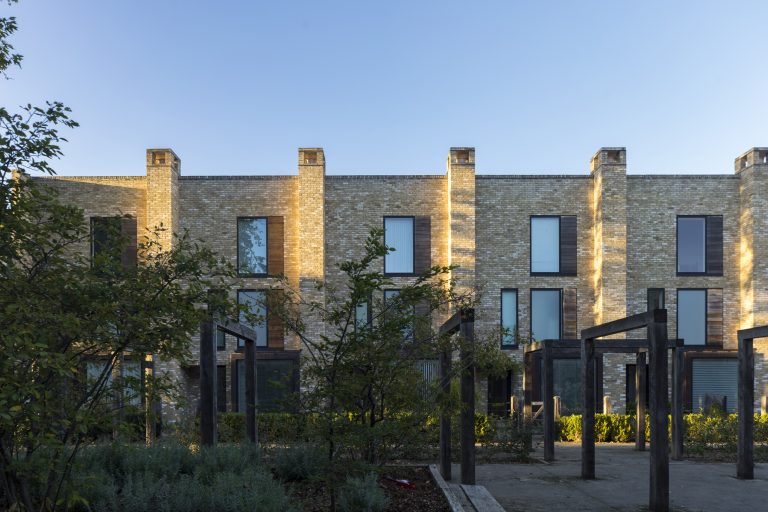UKGBC publishes new guidance on embodied carbon emissions reporting for more rigorous carbon reduction strategy

The UK Green Building Council (UKGBC) has launched new guidance on Scope 3 embodied carbon measurement and reporting, for stakeholders across the built environment. Scope 3 represents a proportion of an organisation’s indirect embodied carbon emissions that can constitute up to 80-95% of its total value chain footprint. Setting out a way to coherently align embodied carbon assessments, the guidance reframes Scope 3 reporting as a singular methodology rather than siloed efforts. The guidance includes:
- How Developers, Owners, Contractors, Investors, Lenders, and Facilities Managers can use embodied carbon assessments to report Scope 3 emissions across an asset’s lifetime,
- How Architects, Engineers and other Professional Services should adopt a project-based emissions disclosure for embodied carbon, due to the challenge of designing embodied carbon emissions that do not easily fit within the current GHG Protocol.
The GHG Protocol sets out a standard framework and tools for measuring emissions and is the most common way for organisations to fully assess the overall carbon footprint of activity. However, without mandatory guidance, UKGBC finds that organisational-level Scope 3 reporting is typically undertaken separately to project-level embodied carbon assessments, limiting connected thinking and risking duplication of work as a result. With UKGBC’s proposal for using embodied carbon assessments to substantiate Scope 3 reporting, organisations can take advantage of improved detail within their GHG Protocol reporting and have greater clarity on the connection between construction and building operation, and organisational emissions reduction efforts.
Yetunde Abdul, Head of Climate Action at UKGBC said:
As the need for holistic, comprehensive and accurate embodied carbon reporting continues to rise, it is essential not to underestimate the importance of Scope 3 emissions. Given that a substantial portion of Scope 3 emissions originates from the embodied carbon of construction projects, achieving alignment and consistency is critical. This guidance aims to enhance understanding by bridging the gap between existing best practices and providing strategies for optimising reporting clarity and transparency.”
UKGBC guidance explores how integrating embodied carbon assessments directly within Scope 3 reporting could represent an easier, more centralised solution than typical GHG reporting practices. The report guides developers, owners, contractors, investors, lenders, and facilities managers on how to use embodied carbon assessments to report Scope 3 emissions across an asset’s lifetime.
Embodied carbon emissions occurring from projects designed by architects and engineers are not incorporated into the Scope 3 framework, reducing accountability and transparency of the emissions impact from design firms. Therefore, UKGBC encourages architects and engineers to adopt a project-based emissions disclosure to ensure that they are taking more accountability for the embodied carbon emissions that occur as a result of their designs. The disclosure of design-based embodied carbon will also help architects and engineers show the value proposition that they can bring to developers, contractors, investors and lenders, through sustainable design.
To effectively implement approaches outlined in this report, the built environment sector would need to conduct whole life carbon assessments across the majority of projects.. Therefore, UKGBC calls on the government to incorporate mandatory measurement and reporting of whole life carbon for projects with internal area exceeding 1,000m2 or more than 10 dwellings. This must be followed by legal limits on the upfront embodied carbon emissions, with future revision and tightening.
Related
UKGBC announces new innovation initiative with Breakthrough Energy and FORE Partnership

UKGBC responds to Kemi Badenoch’s net zero speech

UKGBC responds to publication of Planning and Infrastructure Bill

UKGBC responds to the CCC’s 7th Carbon Budget


